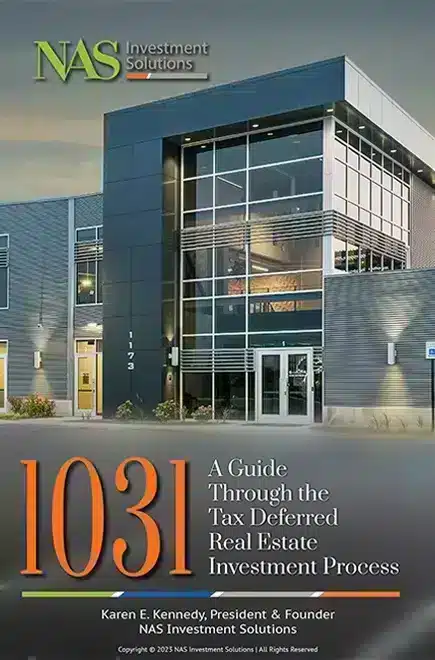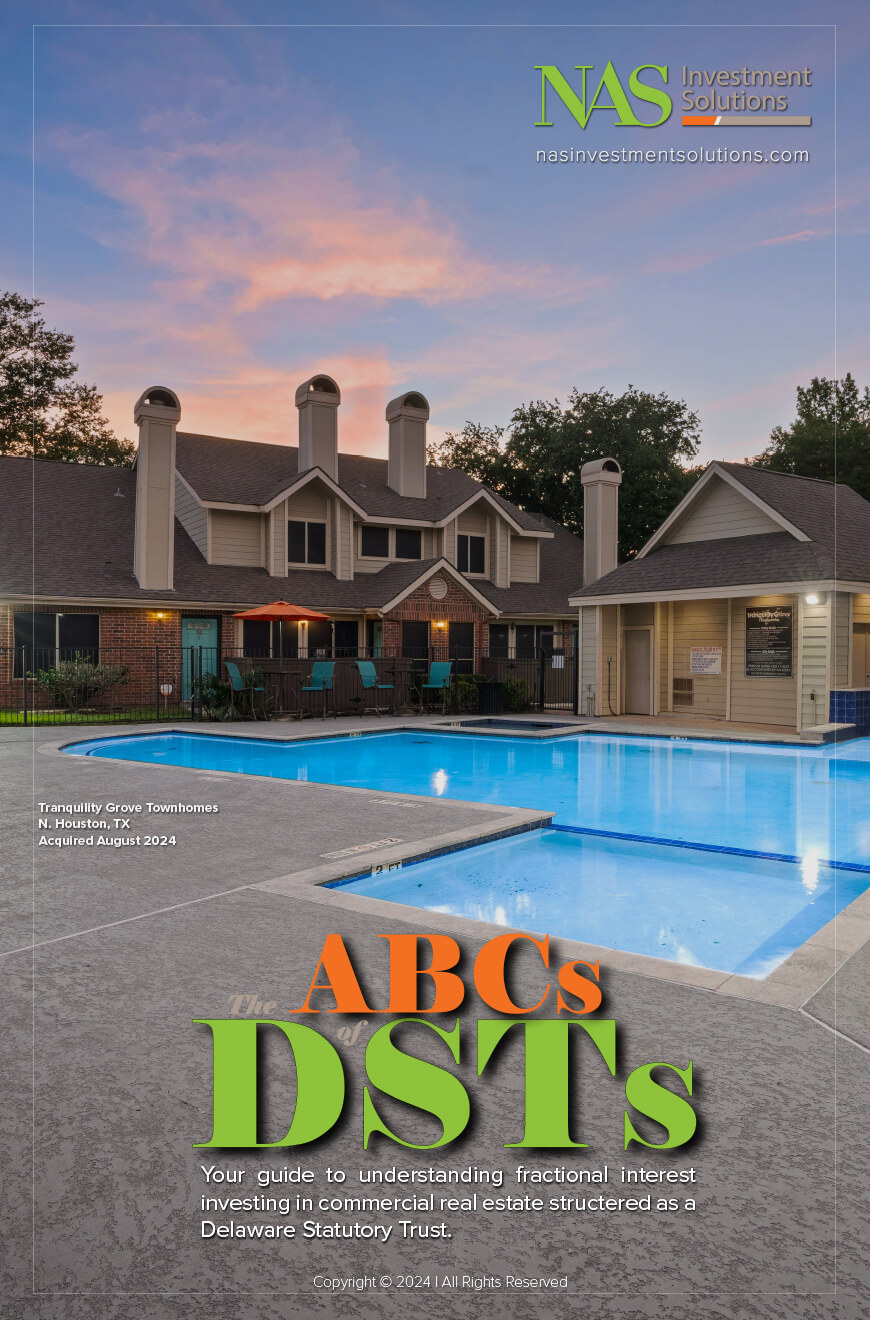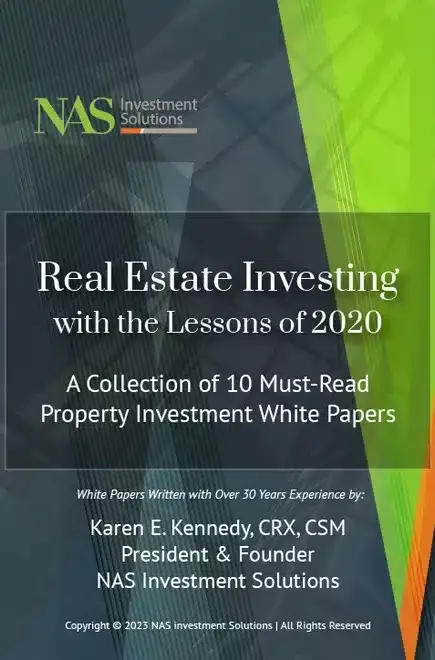The 1031 like-kind tax deferred exchange originates from Section 1031 of the U.S. Internal Revenue Code. This section of the IRS Code allows real estate investors to defer the payment of capital gains tax that would normally be due when real estate is sold (or relinquished) by purchasing another like-kind replacement property.
1031 exchanges are also known as Starker Exchanges, like-kind exchanges, tax-deferred exchanges, or just 1031s. The process to defer paying capital gains taxes is the same, regardless of the name. To qualify for a like-kind exchange, investors must follow the rules required by the IRS.
1031 Exchange Rules
There are several general rules that apply to a 1031 exchange transaction:
Same taxpayer
Title to the replacement property must be in the same name as the title to the relinquished property. That’s because the IRS views property in a 1031 exchange as a continuation of the original real estate investment even though the property changes.
Held for investment purposes
Both the relinquished property and the replacement property must be held for investment or business purposes. Examples of investment or business real estate that qualifies under Section 1031 includes land, commercial property such as shopping centers or office building, industrial property like distribution centers and warehouses, and residential rental property.
Property used as a personal residence doesn’t qualify, nor does real property that the IRS considers ‘stock in trade’, such as homes in a subdivision sold by the developer or houses that are fixed-and-flipped.
U.S. real estate
The IRS requires that business or investment property located in the United States be replaced with like-kind property also located in the U.S. Section 1031 does allow foreign property to be sold and replaced with other foreign property as part of a 1031 exchange.
Receipt of boot
If the value of the replacement property is less than the value of the relinquished property, the difference is called ‘boot’. Because the investor did not transfer all of their gain to the replacement property, capital gains tax on the boot must be paid for in the year the exchange took place.
“Touching” the money
Money generated from the sale of the relinquished property must be held by a qualified intermediary until the replacement property is purchased. A qualified intermediary is an independent third party who prepares the 1031 exchange documents required by the IRS, holds the sales proceeds, and transfers funds to pay for the replacement property.
If the investor touches or in any way controls funds used for a 1031 exchange, the exchange will be disallowed by the IRS and tax on the capital gains must be paid.
Timelines to follow when doing a 1031 exchange
Section 1031 of the Internal Revenue Code requires investors to adhere to two timelines when conducting a tax deferred exchange:
- 45 days: from the date the relinquished property is sold, investors have 45 days to identify one or more replacement properties.
- 180 days: from the date the relinquished property is sold, investors have 180 days to close on the purchase of the replacement property.
- Visit our 1031 Exchange Calculator to estimate your deadlines.
Types of 1031 like-kind exchanges
There are three main types of 1031 like-kind exchanges: delayed exchange, reverse exchanges, and build-to-suit exchanges.
Delayed
A delayed tax deferred exchange is the type of 1031 exchange with which most investors are familiar. The current property is sold and a like-kind replacement property of equal or greater value is then purchased.
Reverse
A reverse tax deferred exchange occurs when the replacement property is purchased before the current property is relinquished. It’s important to note that the investor cannot take possession of the replacement property until the sale of the relinquished property. Instead, the replacement property must be held by an exchange accommodation titleholder until the reverse exchange is complete.
Build-to-suit exchange
In a build-to-suit tax deferred exchange the replacement property is renovated or newly constructed. To qualify for complete deferral of capital gains tax payment, the build-to-suit property must have all improvements completed within the 180-day exchange window. Otherwise, those improvements will be considered personal property by the IRS and will not qualify as part of the tax deferred exchange.
Investors should remember that regardless of the type of exchange an investor uses, the 45- and 180-day timelines always apply.
Follow these 7 Simple 1031 Exchange Rules to Defer Capital Gains Tax
1031 like-kind tax deferred exchanges offer real estate investors a unique way to build an investment portfolio by investing funds that would otherwise be paid as capital gains tax to the IRS.
There are seven simple 1031 exchange rules to follow in order to defer 100% of any capital gains tax owed:
- Property must be like-kind real estate of the same nature or character but can differ in type
- Real estate but be used for investment or business purposes, not as a personal residence or not as stock-in-trade
- Replacement property must be of equal or greater value than the property being relinquished
- Investors must not receive boot by acquiring a property with a lower value than the property relinquished
- Title of the relinquished property and the replacement property must be in the same name
- Replacement properties must be identified within 45 days of closing on the sale of the relinquished property
- Replacement property must be purchased within 180 days of the closing on the sale of the relinquished property
Related Articles: 1031 Exchanges and Common Misconceptions | Reverse 1031 Exchange Explained











